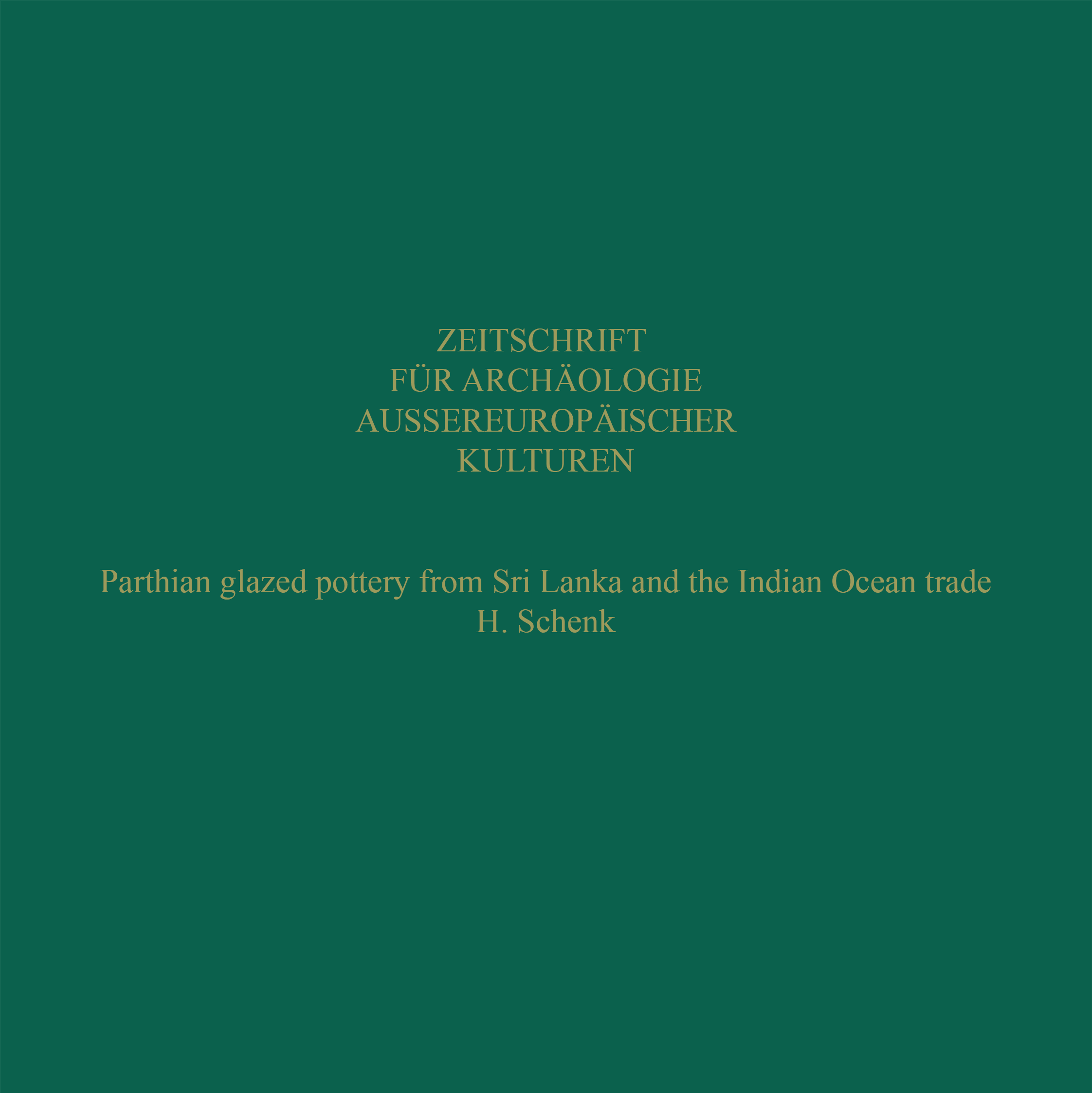Parthian glazed pottery from Sri Lanka and the Indian Ocean trade
https://doi.org/10.34780/44fs-ey6s
Abstract
Stratified finds from Tissamaharama, Sri Lanka, now confirm the already assumed occurrence of Parthian glazed pottery in South Asia. Comparisons lead to a Mesopotamian origin dated to the 1st century B. C. and beginning 1st century A. D. Within the 2nd century A. D. they were finally discarded into Sri Lankan soil. Such a dating affi rms earlier comments on Indian Ocean trade activities preceding the testimonial of the Periplus as archaeologically evidenced by Rouletted Ware originating from India. The distribution pattern of both pottery groups demonstrate the importance of the ports on the South Arabian coasts as main terminals leading to North western India and South India thus omitting the direct participation of ports in the Persian Gulf at that time. This was already suggested by another study on Sigillata at that sites. The defi nition of so-called Indian Red Polished Ware, often exclusively thought to evidence trade in the first centuries A. D. of that region with the Indian subcontinent, tought to be revised. It is suggested that some finds also trace a medieval period of trade.
The article will be available as a PDF in the near future.
Parole chiave:
Tissamaharama, Red Polished Ware, Persian glazed, Islamic glazed, Periplus




